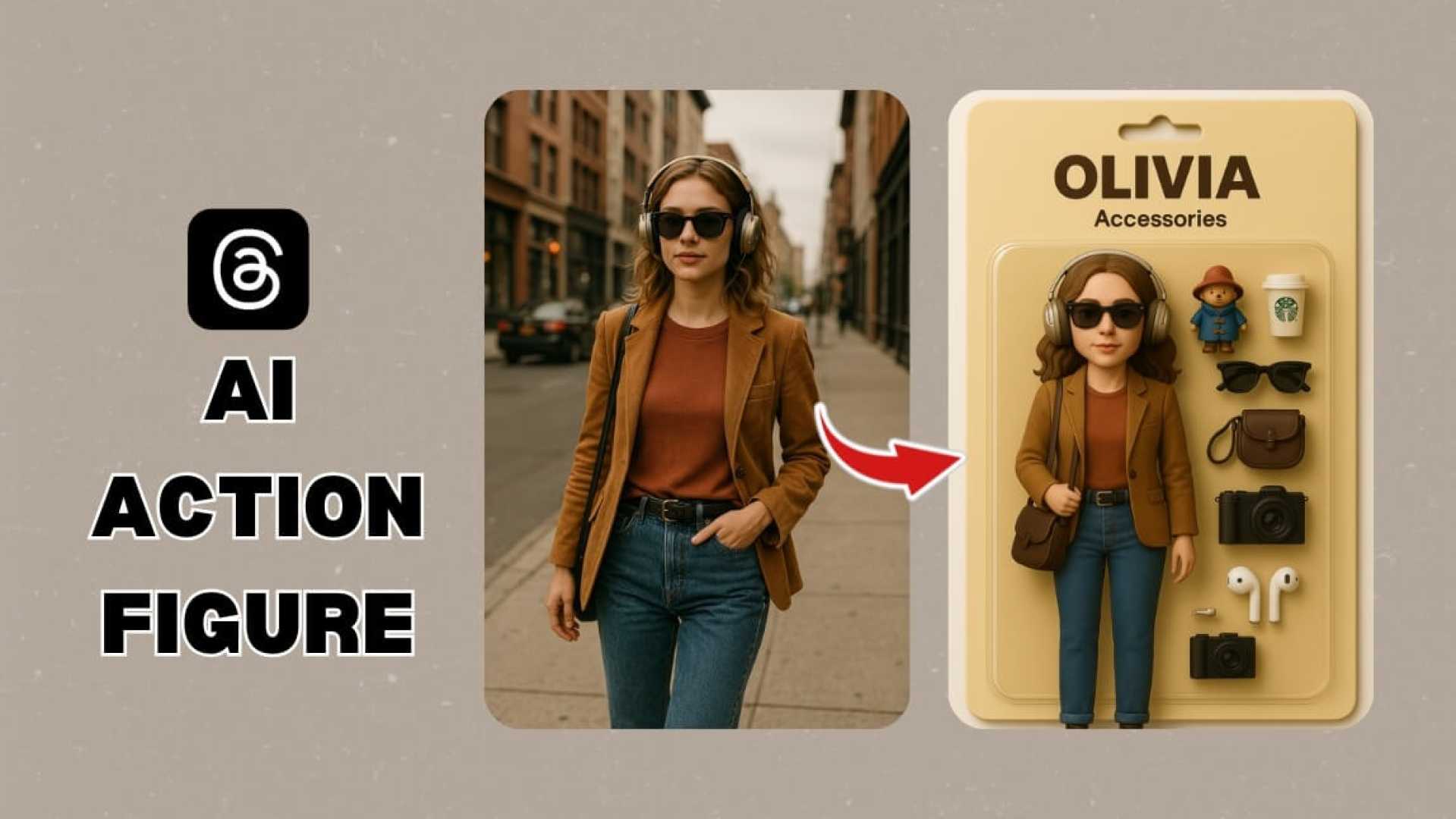AI Trends Transform Social Media Users into Action Figures

NEW YORK, NY — A new trend is emerging on social media, allowing users to transform their photos into miniature action figures using generative artificial intelligence tools like ChatGPT and Copilot. This phenomenon has captured the attention of both ordinary individuals and major brands, leading to a wave of customized digital personas.
Many users are now engaging with these AI tools to create pocket-sized dolls that resemble themselves. By uploading their selfies and providing specific prompts, users can generate images of action figures complete with personalized accessories like laptops and books. However, the trend has sparked a debate about the environmental impact of AI technology.
Jasmine Enberg, principal social media analyst at eMarketer, noted that generative AI simplifies the content creation process, contributing to a quicker dissemination of trends. “Generative AI makes it easier and quicker for people to create and jump on trends,” Enberg explained, emphasizing that as AI becomes more integrated into daily life, these trends will likely become commonplace on social media feeds.
While the light-hearted nature of this trend attracts participants, it has also drawn criticism from experts concerned about the substantial energy consumption associated with AI applications. Professor Gina Neff from Queen Mary University London pointed out that platforms like ChatGPT require vast amounts of energy to operate. “ChatGPT is burning through energy,” Neff said, citing that the data centers providing these services consume more electricity in a year than some 117 nations.
Lance Ulanoff, U.S. editor of TechRadar, humorously remarked, “We have a joke in my house that every time we create one of these AI memes, it kills a tree. That’s hyperbole, of course, but it’s safe to say that AI content generation is not without costs, and perhaps we should be thinking about it and using it differently.”
Criticism also stems from concerns over the use of copyrighted data in the generation of AI images. “ChatGPT Barbie represents a triple threat to our privacy, our culture and our planet,” Neff added, cautioning that while personalizing these figures seems harmless, it obscures the larger implications for brands and intellectual property.
Jo Bromilow, director of social and influencer at PR and creative agency MSL UK, emphasized the need for responsible use of AI technologies. “If we’re going to really use AI properly, we have to set guardrails around how we use it conscientiously,” she said.
Users engaging with this trend report mixed results. One journalist, after several attempts, encountered challenges with the AI not accurately rendering eye colors or producing cartoonish depictions that did not align with their expectations. “It started to feel like a lot of work for a passing trend,” they noted, reflecting on the complexity and inconsistency of AI outputs.
Despite the potential drawbacks, brands like beauty company Mario Badescu and Royal Mail have embraced the trend, using it for marketing and promotional content. The trend’s reach, originally popularized on LinkedIn, has expanded to other platforms like Instagram and TikTok, albeit at a less frenetic pace compared to previous viral phenomena.
The image-generation capabilities of AI technology have attracted millions of new users, prompting OpenAI‘s CEO Sam Altman to urge them to temper their activity to prevent overloading servers. “It’s super fun seeing people love images in ChatGPT. But our GPUs are melting,” he communicated in a post addressing the unprecedented surge in demand.
This innovative trend comes after other popular phenomena such as the Ghibli art craze, where users created nostalgic scenes reminiscent of Studio Ghibli animations. Although this AI-driven action figure generation is considered a fresh and exciting development, concerns over copyright and environmental impact remain at the forefront of discussions surrounding artificial intelligence.
